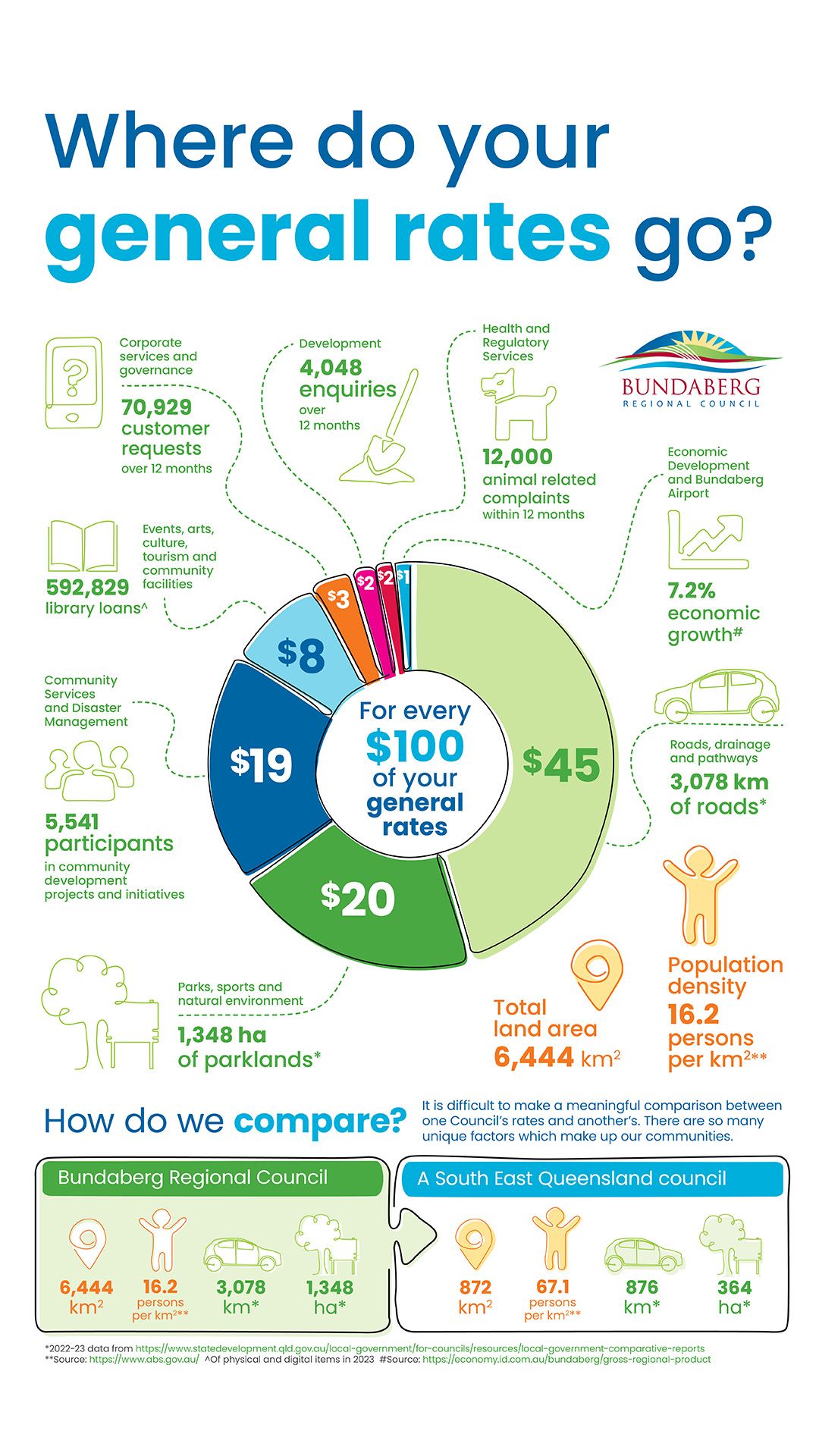2024-25 Budget
Bundaberg Regional Council
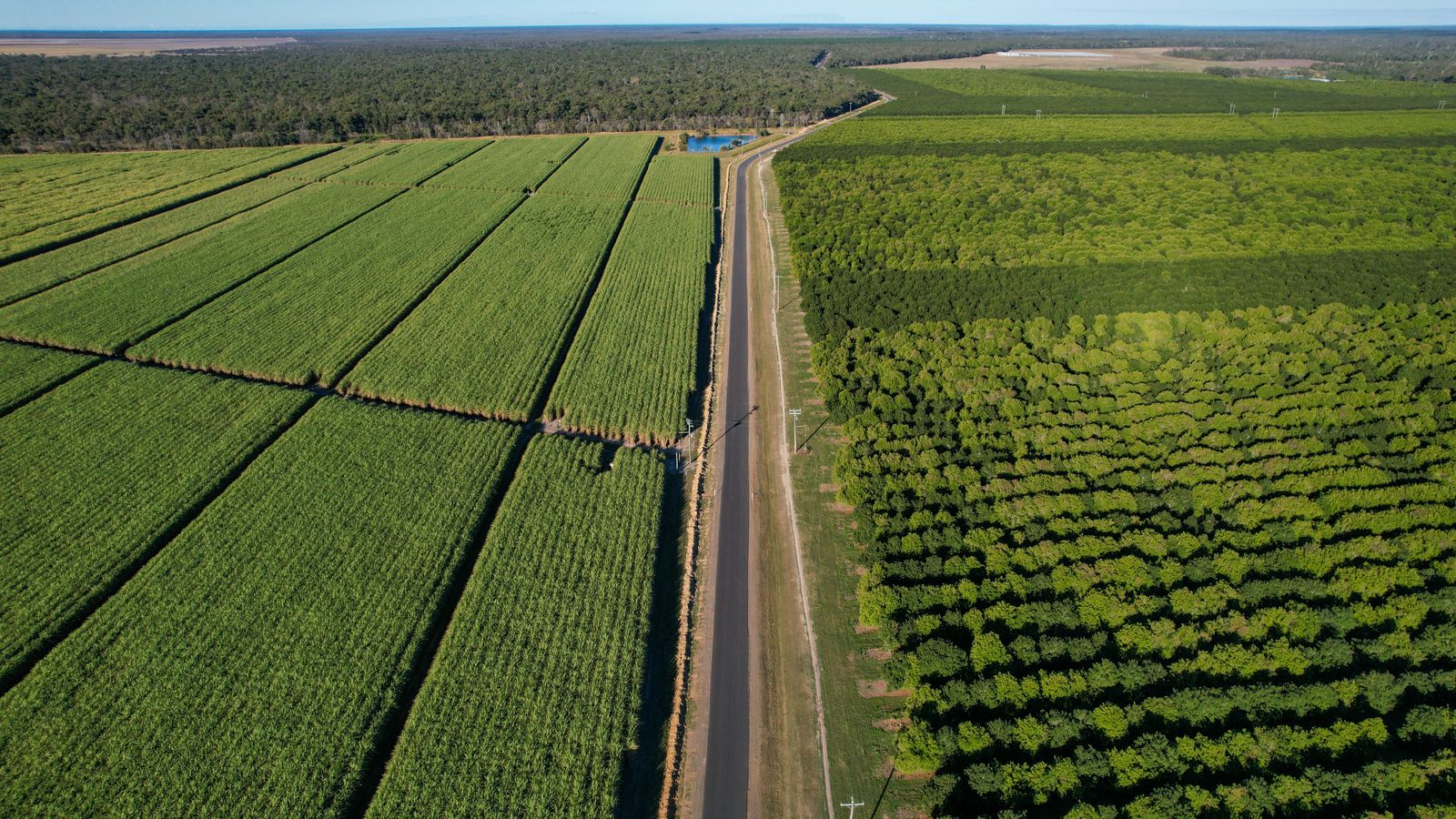
Budget gets Council back on track
Mayor's Message
The new Council has handed down a budget which prioritises essential services and gets Bundaberg Regional Council back on track, just 12 weeks after being sworn in.
Mayor Helen Blackburn said budget deliberations had been the main focus of the first three months with an urgent need to prioritise the reduction of the forecast $17 million operating deficit.
“In a difficult economic climate, we’ve delivered a moderate rates increase out of necessity to begin repairing the budget,” Mayor Blackburn said.
“The new Council’s commitment to reducing costs has resulted in a more than $5 million reduction from the projected deficit with common sense savings found to prevent an even higher rates increase.
“Our finance team provides scenario modelling which puts this into perspective – if we didn’t identify these savings to the budget, our community was facing a 15% rates increase.
“It was clear to me that we could not continue down the same path.
“I wasn’t able to achieve every goal I had set in this first budget and it’s difficult to have to pass on a rates increase to locals, although the Councillors and I are squarely focussed on continuing to reduce costs and find efficiencies within the organisation.
“These savings won’t happen overnight but will pay dividends to ratepayers in the years to come as we get back to basics.
“We’ve made some difficult decisions, cut back on capital project spending and focussed on essential services like roads, rubbish and community services to minimise the impact of any rates increase on residents already dealing with the rising cost-of-living.”
Mayor Blackburn said the capital budget prioritised essential maintenance and upgrades while taking a considered approach to existing and continued investments.
“There are no new borrowings projected for this financial year.
“We’re not putting any more money on the credit card, reducing the burden for ratepayers.”
Highlights of the 2024-25 capital program include:
- $5.2 million to reimagine a scaled-down ANZAC Park redevelopment ensuring we can return memorial services to this significant location as soon as possible and lay the foundations for more significant redevelopment in future budgets when Council is in a financial position to do so and after conducting meaningful consultation with the veteran community.
- $4.75 million to continue the Coastal Sewerage Diversion project which will make the most of the Rubyanna Wastewater Treatment Plant and facilitate growth along the coastal strip. Funding: Building Our Regions
- $3.6 million in flood upgrades to Duckpond Road to significantly reduce the isolation time for impacted residents in that area. Funding: Queensland Reconstruction Authority’s Local Recovery and Resilience Grants program
- $6 million for sand nourishment and a rock wall at Woodgate Beach for crucial erosion prevention. Funding: North Queensland Natural Disasters Mitigation Program
- $27.5 million for the finalisation of the Bundaberg Aquatic Centre which will provide the community with three new pools for a range of uses from learn-to-swim and rehabilitation to training and competition.
Capping to limit valuation impacts in back on track budget
Council has also limited the impact of significant movement in the Valuer-General’s latest valuation for individual ratepayers by introducing a 20% cap on residential and agricultural rates in its 2024-25 budget.
Mayor Blackburn said, with 99.7% of properties in the region impacted by property value increases, the introduction of capping would benefit a number of ratepayers in the residential and agricultural categories.
“What we want to do is ensure ratepayers in these categories don’t experience a repeat of previous experiences where a couple of individual properties were impacted far in excess of their counterparts,” Mayor Blackburn said.
“Local property owners already know there was significant movement in the valuations this year which, without the introduction of the cap, could have seen some ratepayers experience significant increases.”
View the full document for Council's back on track budget online.
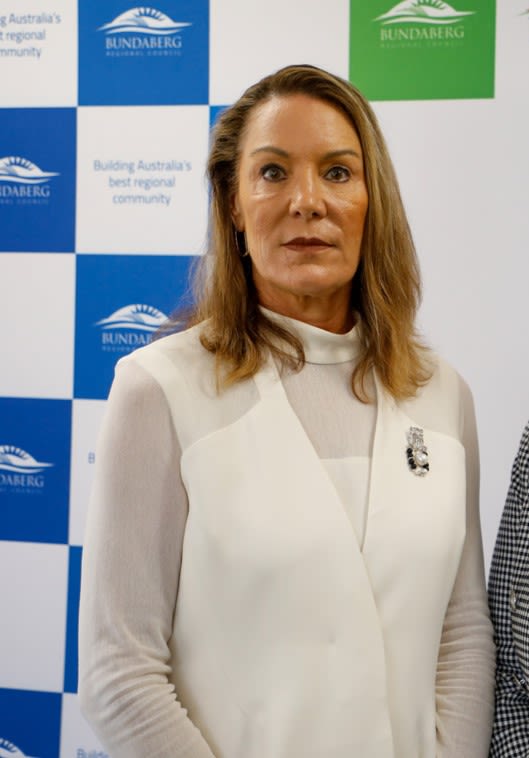
Finance
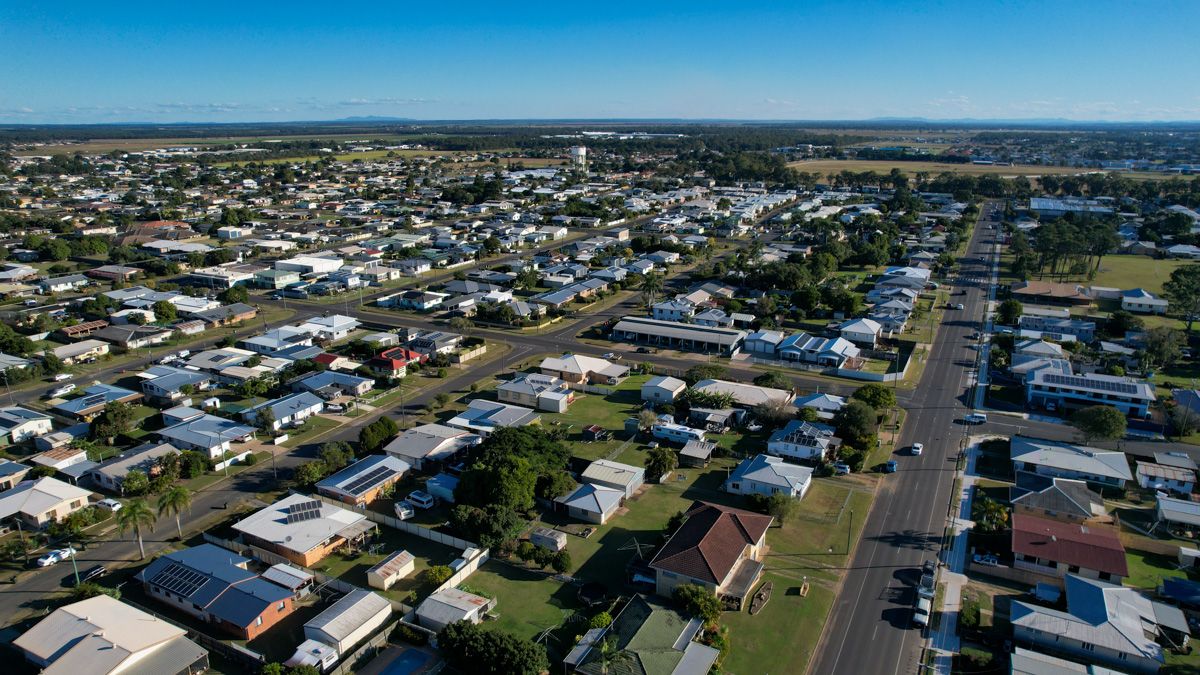

Measured approach puts essentials in focus
A significant reduction in the projected operating deficit has been achieved in a 2024-25 budget which gets Bundaberg Regional Council moving in the right direction.
Quick budget 2024-25 points:
• Bundaberg Regional Council has adopted a $369 million budget including a $254.8 million operational budget and $114.2 million capital budget.
• The projected operating deficit has been reduced to $11.7 million, down from the original forecast of $17 million.
• The general rates increase for residential properties is 5% and for agricultural properties is 4%.
• For the average urban residential ratepayer, the total increase to rates and utilities is equivalent to just $2.68 per week.
Finance portfolio spokesperson Cr Deb Keslake said it was a budget which ensured the continued delivery of high quality and essential services while mitigating the impacts of the current economic climate on residents.
“General rates for residential properties will increase by 5% and increases to essential services like water infrastructure and kerbside bin collection have been kept between 3.5 and 5%,” Cr Keslake said.
“For the average urban residential property utilising waste collection, sewerage and with water infrastructure this will translate to an additional $2.68 per week.
“While some ratepayers may see higher increases on their bottom line as a result of State Government valuations, we’ve introduced a rating cap of 20% for residential and agricultural properties to limit those impacts.”
The projected operating deficit for the 2024-25 financial year is sitting at $11.7 million and Cr Keslake said the reduction of that figure was a highlight of this year’s budget.
“We were facing down an operating deficit of $17 million and to have reduced that by more than $5 million in just 12 weeks is a step in the right direction for our community.
“On top of that there will be no additional borrowings in the 2024-25 financial year as we focus on delivering a capital program that is within the means of our community.”
Cr Keslake said the reduction in the operating deficit meant Council did not have to focus solely on rates increases to bridge the gap.
“We are well aware residents are facing cost of living pressures and Council is not immune.
“We have taken a measured approach to the 2024-25 budget.
“Finding operational efficiencies was the top priority and has enabled us to keep rates to a moderate increase in the current challenging circumstances.”
She said the long-term financial plan demonstrated that more work will be required in the future years which will address forecast deficits over the next 10 years.
Community Resilience and Connection

Budget to focus on access for all
Equitable access to Bundaberg Regional Council facilities is one of the highlights of its 2024-25 budget which provides a continued commitment to community support and accessibility improvements.
Deputy Mayor and Community Resilience and Connection portfolio spokesperson Cr Tracey McPhee said the budget featured funding to improve accessibility in public facilities from an options analysis for a Changing Places facility to the installation of more disability-compliant toilets in community halls throughout the region.
“Ensuring that our public spaces are accessible to all is a priority for Council,” she said.
“By installing more disability-compliant toilets, we are taking concrete steps to make our community halls more inclusive and accommodating for everyone, regardless of their mobility needs.”
She added that a community survey was already underway for a Changing Places facility within the region.
“A Changing Places facility allows residents with high support needs to take part in community life, without having to limit their time away from home due to concerns about being able to access a suitable toilet,” Cr McPhee said.
“The facilities are larger than standard accessible toilets and include additional features such as an adult-sized change table that is height adjustable, along with a hoist system, privacy screen and more.
“A survey is available now for residents to express their views on where such a facility would best be located.
“It’s just another way Council is looking to enhance our region by making it an enjoyable and accessible place for all.”
This financial year the important work of the Gin Gin Community Connect worker will also continue, supporting vulnerable individuals and families to navigate access to suitable social programs and services.
Cr McPhee said the initiative had been an invaluable resource, providing assistance to residents in times of need.
“This position plays a crucial role in linking residents with essential services, providing social support, and facilitating community engagement activities.
“The role has been particularly vital in addressing the needs of vulnerable populations, including the elderly and those experiencing social isolation.”
The Gin Gin Community Connect worker is supported with funding from Department of Treaty, Aboriginal and Torres Strait Islander Partnerships, Communities and the Arts.
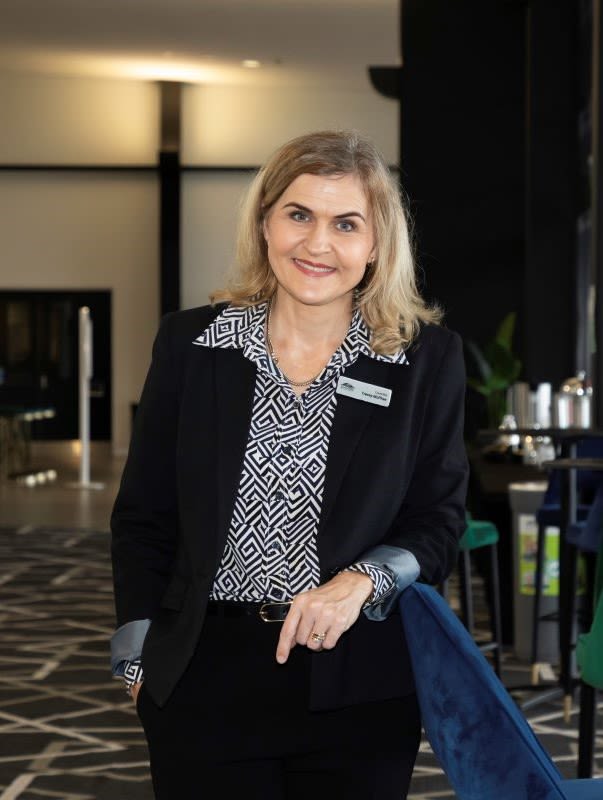
Tourism, Airport and Information Technology Services

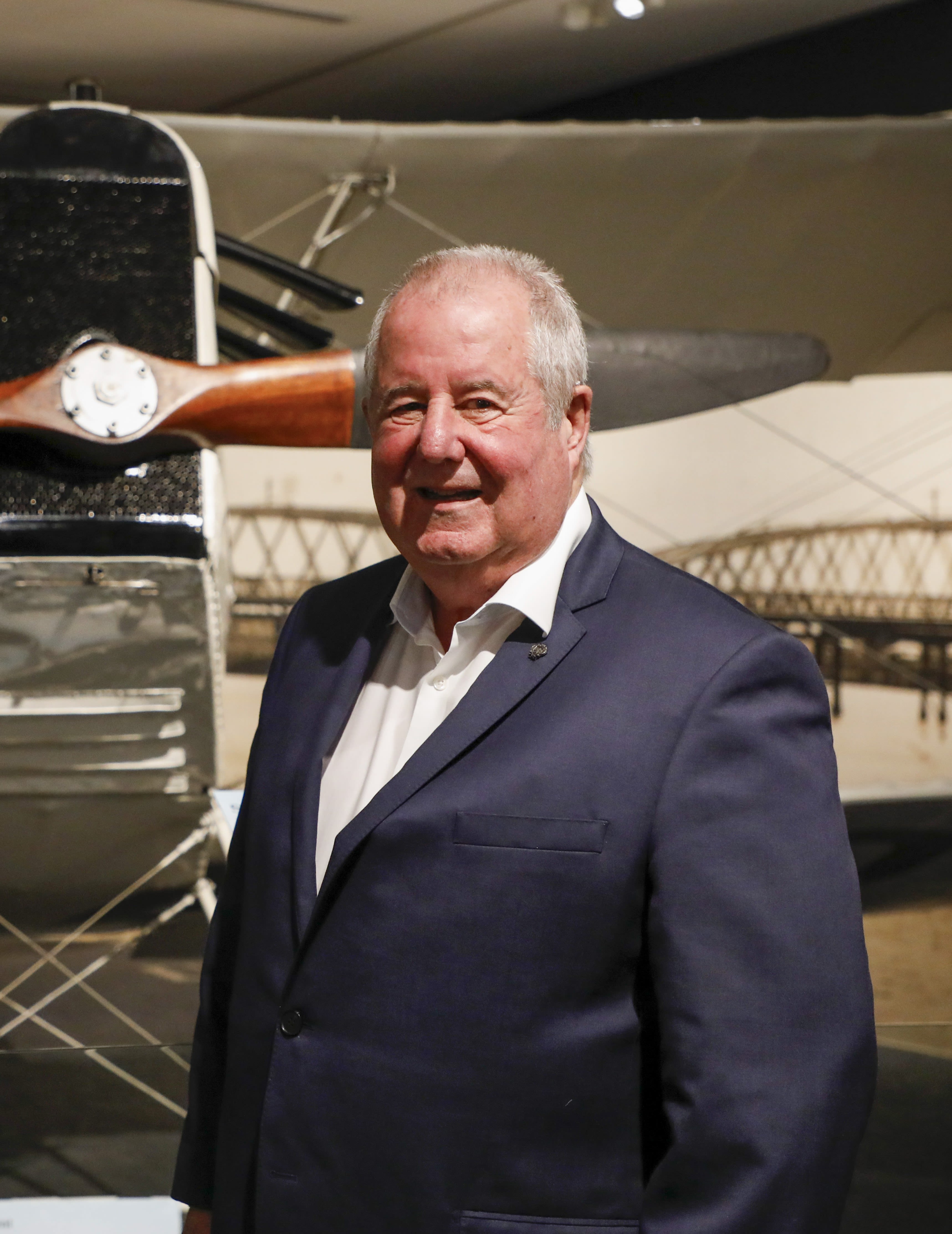
Supporting tourism, enhancing visitor experience
Essential support for the tourism industry will be delivered in Bundaberg Regional Council’s 2024-25 budget with funds for Bundaberg Tourism and attraction enhancement on the program.
This financial year the Hinkler Hall of Aviation will be given a boost through the State Government's Building Bush Tourism Funding Program, which assists in the improvement of local lifestyles while also driving visitation.
Council Tourism, Airport and Information Technology Services portfolio spokesperson Cr Steve Cooper said $199,920 had been secured to upgrade the facility.
“This project involves upgrading multiple exhibits within the Hinkler Hall of Aviation, including the Globe Theatre, Mon Repos Diorama, Glide like Bert and the Strip Map Interactive exhibits,” he said.
“The aim is to ensure the facility is providing innovative, stimulating and educational experiences for all visitors into the future.”
Cr Cooper said assets like the Hinkler Hall of Aviation were important, not only to the community, but also to the local tourism sector.
“Opened in 2008, the Hinkler Hall of Aviation is more than just a museum.
“It’s an educational hub and a source of inspiration.
“The hall features a remarkable collection of Hinkler’s personal artifacts, meticulously restored aircraft, and interactive displays that bring his story to life.
“Schools regularly organise excursions to the hall, where students engage with interactive exhibits and learn about the science of flight and the history of aviation.
“Hinkler Hall is a major feature of our tourism strategy as it draws thousands of visitors each year, who not only learn about Bert Hinkler but also enjoy all that Bundaberg has to offer.”
With a growing reputation throughout Australia and world as a desirable and unique visitor destination Bundaberg Regional Council has also continued its funding support for Bundaberg Tourism.
Cr Cooper said, aligned with the Southern Great Barrier Reef brand, Bundaberg Tourism would continue to raise the profile of the Bundaberg Region and ensure the positive impacts of the booming tourism industry continued to flow.
“This is an extremely valuable partnership for our community with tourism contributing $683 million total visitor spend to the Bundaberg Region economy in 2023,” Cr Cooper said.
“Bundaberg Tourism works alongside industry and Council to attract visitors, increase overnight stays, and highlight the unique experiences available in the Bundaberg Region through a range of marketing strategies.
“Council has enjoyed a positive partnership with the Bundaberg Tourism team for many years and this collaboration ultimately contributes to a vibrant and sustainable tourism industry in the region.”
Natural Resources and Environment

Fences and shading for region’s parks
Safe and diverse play opportunities, from fully-fenced playgrounds, shaded parks and updated skate facilities, are among the essential services prioritised in Bundaberg Regional Council’s 2024-25 budget.
In the upcoming financial year, Bundaberg Regional Council will continue to place an emphasis on the enhancement of local recreational areas.
One of the key projects is the refurbishment of Laurisen Park, a highly popular space identified for upgrade in the Parks and Open Space Strategy 2019 – 2026.
Natural Resources and Environment portfolio spokesperson Cr Jason Bartels said the park, which served the Kalkie and Kepnock areas, would see significant improvements to meet the community's needs and ensure the safety and enjoyment of its users.
“A strategic relocation of the play equipment in Laurisen Park will better maximise the site's potential,” Cr Bartels said.
“While this will move the play area closer to the road the design also includes a barrier fence which will see the playground fully enclosed.
“It’s the latest in a series of parks to be upgraded with barrier fencing because the community has told us this is a priority to increase accessibility and we are listening.”
Additional funding has been incorporated into the budget to allow Council to consider other areas for full fencing in upcoming upgrades.
“During a community consultation for the Lake Ellen Heritage Hub and Playground the need for fully enclosed play spaces was identified,” he said.
“Detailed designs for this project are currently underway, promising a safer and more inclusive environment for all users.”
Funding has also been committed to a Skatepark Refurbishment Program which identified Innes Park Reserve Skate Park and Jack Strathdee Memorial Park Skate Park for upgrades based on a comprehensive audit.
Cr Bartels said the program would ensure these popular facilities remained safe and enjoyable for users.
He said visitors to regional parks would also be kept safe from the sun, with Council’s Shade Sail Program making strides in improving comfort and usability in several locations.
“Shade structures are currently being fabricated for Apple Tree Creek, with Gorman Park, Burnett Shores Park, and Innes Park Reserve scheduled for installations before summer,” he said.
“Additionally, three shelters are ready for installation at Elliott Heads Skate Park.”
Cr Bartels said overall the upgrades reflected Council's dedication to meeting the needs of the community and providing high-quality recreational facilities for all.
View the full Bundaberg Regional Council 2024-25 budget document online.
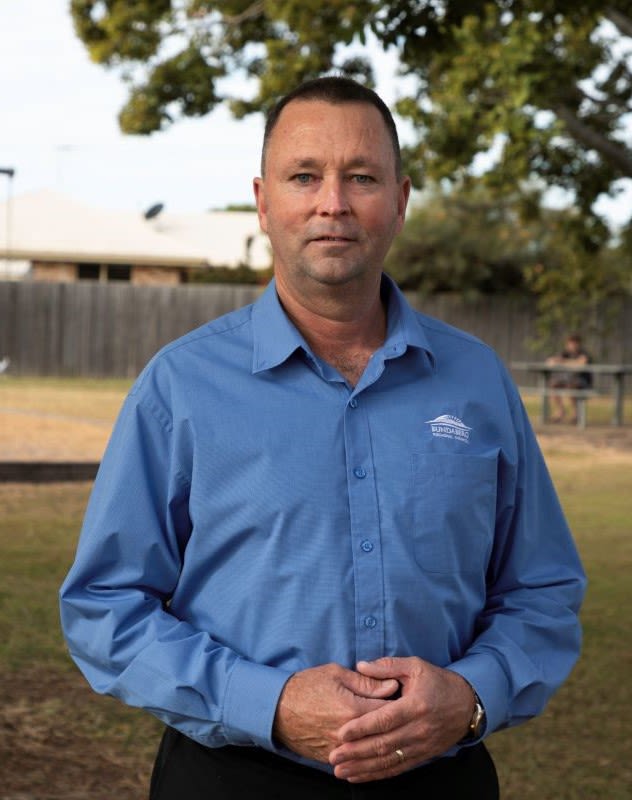
Roads and infrastructure (rural)
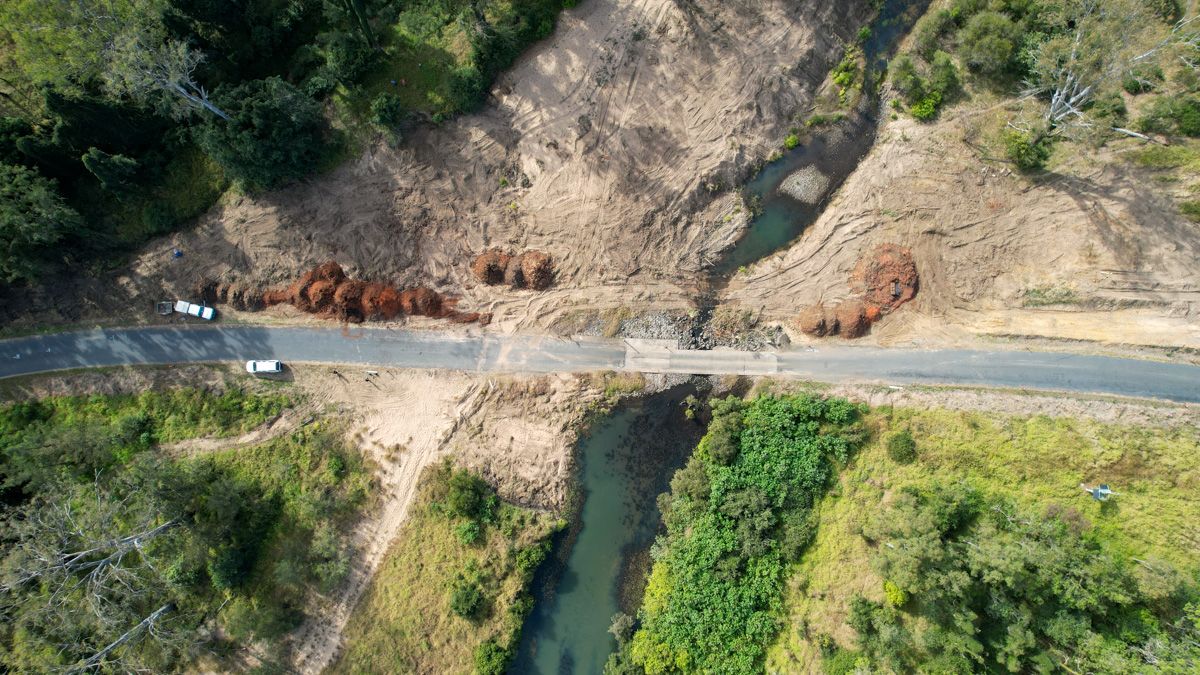
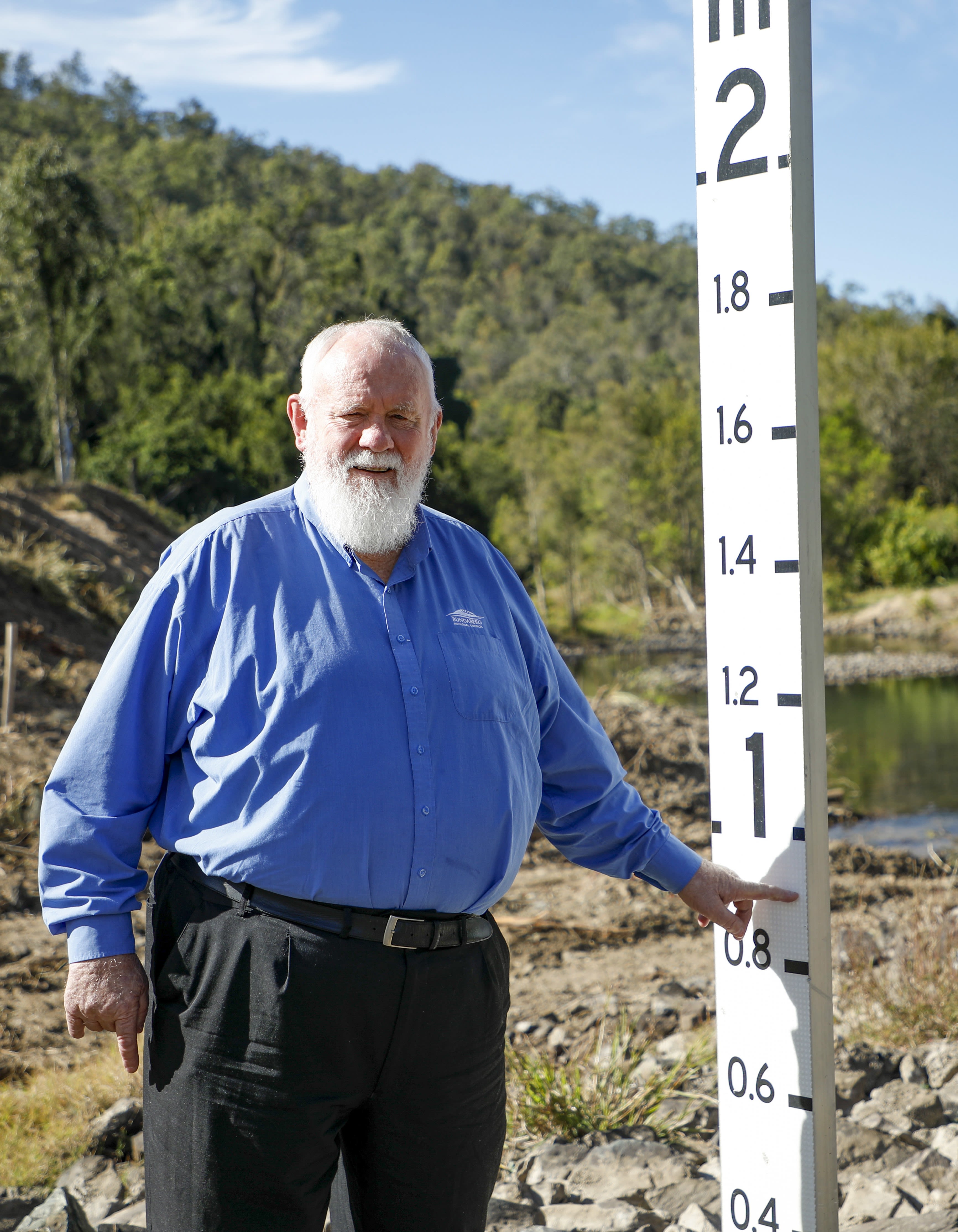
Council commitment to roads and infrastructure
Bundaberg Regional Council has emphasised its commitment to critical roads and infrastructure improvement as part of its strategic 2024-25 budget plan to get “back on track”.
This year's budget prioritises essential services and critical projects, with a continued emphasis on upgrading the region's transport network and making significant infrastructure improvements.
Roads and Infrastructure (rural) portfolio spokesperson Cr Bill Trevor said the 2024-25 budget outlined a series of projects aimed at improving the road network, including upgrades to Duckpond Road in Moolboolaman.
He said the Duckpond Road flood upgrade project was initiated in response to parts of the Moolboolaman community becoming isolated for extended periods of time due to flooding.
“The Duckpond Road crossing of Gin Gin Creek is approximately 3.5 km north of Gin Gin-Mt Perry Road and is currently a low-level concrete floodway which is regularly inundated following rainfall within the Gin Gin Creek catchment,” Cr Trevor said.
“Historical records indicate that the crossing can be inundated for multiple weeks at a time, negatively impacting the livelihoods of those who are affected.
“Based on flood gauges within the Gin Gin Creek system, the Duckpond Road crossing of Gin Gin Creek is inundated for approximately 30 days per year on average.”
Cr Trevor said the project would significantly reduce the time of isolation for residents along Duckpond Road.
“Council has commenced construction of a new concrete floodway which will raise the road through the crossing of Gin Gin Creek, improving accessibility for the affected residents,” he said.
Work is expected to be completed by mid-November.
The Duckpond Road project is funded by the Queensland Reconstruction Authority’s Local Recovery and Resilience Grants program.
As part of the $37.2m Transport and Stormwater Budget, Cr Trevor said council was committed to improving vital infrastructure with a priority on community safety, which included the continuation of the Woodgate SEMP project.
“Currently, construction of a rock wall and sand nourishment works is underway near the Woodgate boat ramp after community pleas for action to replenish the shoreline, prevent future erosion and address root causes,” he said.
“During the new financial year this work will continue and, Council will advocate for additional funding, to extend the project beyond the current 700-metre stretch of beach.
“Investing in our roads and infrastructure like this is essential for ensuring safety, boosting our resilience, and improving the quality of life for our residents.”
Woodgate SEMP has been partly funded by the State Government's North Queensland Natural Disaster Mitigation Program.
Roads and Infrastructure (urban)

Road safety upgrades to support growth
Safety and growth are the key drivers for one of Bundaberg Regional Council’s 2024-25 budget highlights, with a capital program that prioritises essential services.
Funded in this year's budget is the Hughes Road and Blain Street intersection upgrade in Bargara, set to be completed by 2025.
Roads and Infrastructure (urban) portfolio spokesperson Cr Larine Statham-Blair said the works would support safe access to the growth area, while maintaining the efficiency of the road network.
“The intersection will be upgraded to a roundabout in response to the ongoing development along Hughes Road and the planned extension of Blain Street further west,” she said.
“This upgrade will ensure a safe intersection for all road users, featuring priority crossings for pedestrians and cyclists.
“This will enhance connectivity for active modes of transport between new developments and the Bargara main centre.”
The Hughes Road and Blain Street intersection upgrade has funding under the Local Roads and Community Infrastructure Program, which supports local councils to deliver priority local road and community infrastructure projects in the region, creating jobs and long-lasting benefits for communities.
Cr Statham-Blair said it was a significant project which was identified in the Bargara Emerging Communities Infrastructure Planning (ECIP) initiative.
“The ECIP project received accolades in 2023, including the Institute of Public Works Engineering Australasia (QNT) Innovation and Sustainability in Water award and the Stormwater Queensland Excellence in Strategic or Master Planning award,” she said.
“This is an example of how Council’s comprehensive approach to infrastructure planning ensures that essential infrastructure such as roads and pathways continue to meet the community's needs while preparing for future growth and sustainability.”
The Hughes Road and Blain Street intersection upgrade is part of the $114.2m capital budget handed down on 28 June.
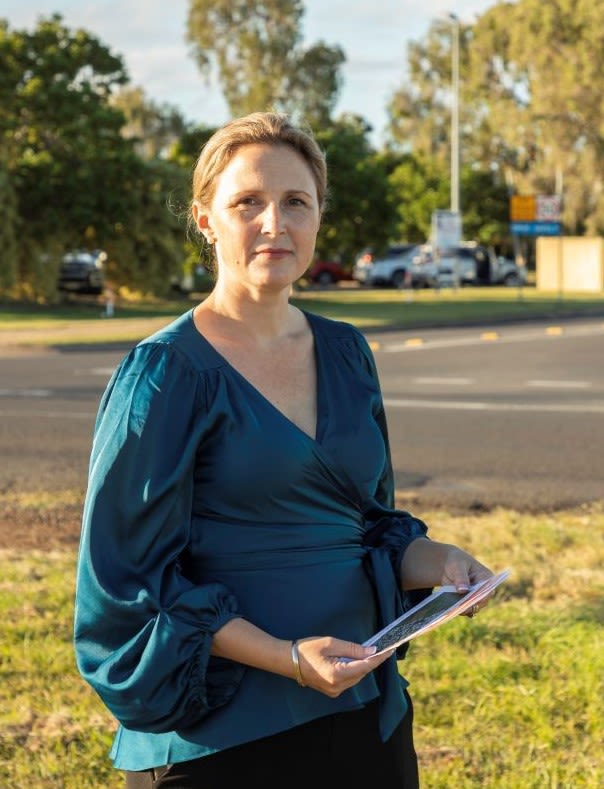
Governance and Integrity


Strong framework for essential services
Good governance and transparency are high on the agenda for Bundaberg Regional Council along with the delivery of a new corporate plan in 2024-25.
Governance and Integrity portfolio spokesperson Cr May Mitchell said Council’s budget was handed down on 28 June with a focus on delivering essential services and the organisation would continue to do so under a strong framework.
“Bundaberg Regional Council is a large and diverse organisation which is here to serve our community,” Cr Mitchell said.
“The development of a new Corporate Plan over the coming months will provide a platform for an integrated business planning framework and allow us to efficiently provide a range of important services to residents and ratepayers from waste collection and water treatment to libraries and parks.
“The corporate plan provides the direction and vision of our organisation and the foundation to meet our aims to improve transparency, accountability and make informed decisions.”
Demonstrating the organisation’s commitment to transparency Cr Mitchell said Council would maintain its Audit and Risk Committee.
“The Audit and Risk Committee includes Councillor and external representatives to maintain the highest degree of oversight and accountability.
“This is an important part of our governance framework and ensures we have the measures in place to manage responsibilities for financial reporting, risk management, internal audit functions and more.”
Cr Mitchell said Council was continuously reviewing and improving its systems to ensure it stayed abreast of the latest trends, developments and statutory obligations.
“Within the 2024-25 financial year Bundaberg Regional Council will also improve its asset management maturity through the upgrade of asset management and asset maintenance systems and implement improved contract management processes and capability,” she said.
Community, Liveability, Sport and Recreation
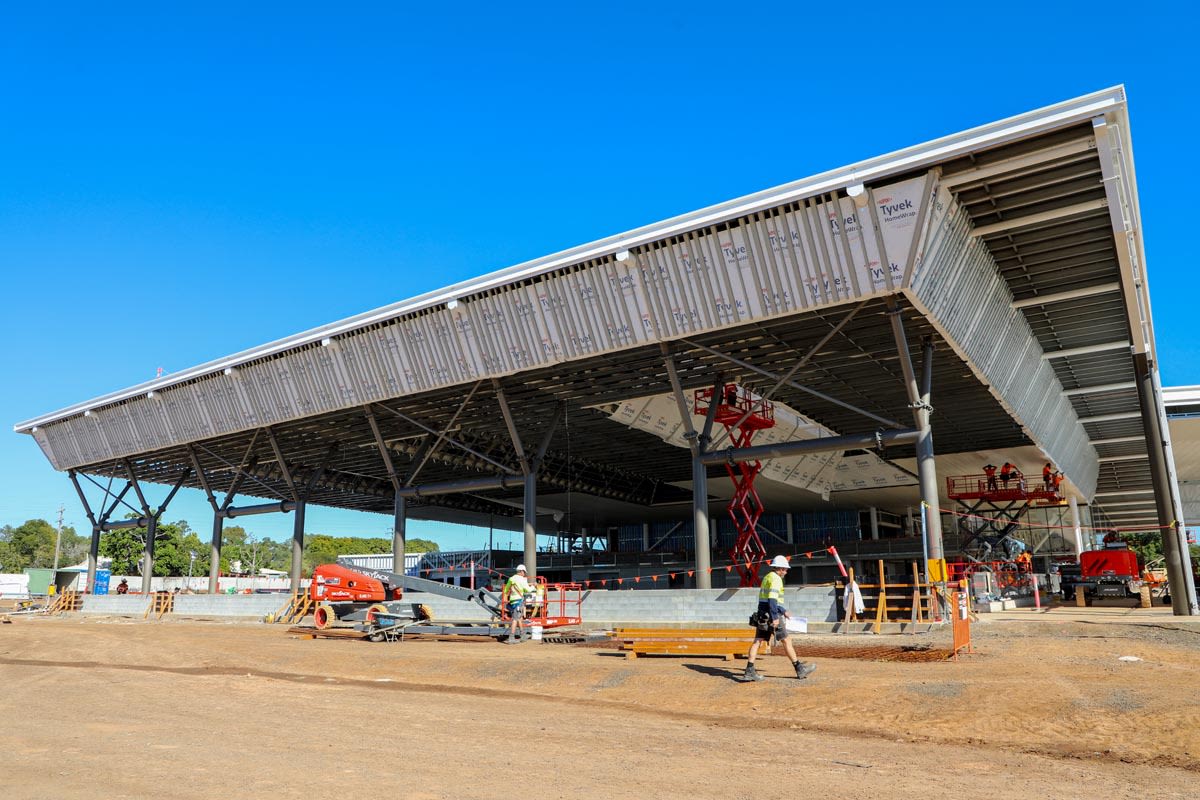
Considered approach to big projects
Community, Liveability, Sport and Recreation have been given a boost in Council’s budget in a year that sees three new pools opened and the region’s third consecutive NRL game.
Handed down today, Bundaberg Regional Council’s 2024-25 budget is taking a considered approach to current and ongoing projects.
Community, Liveability, Sport and Recreation portfolio spokesperson Cr Carmen McEneany said the spotlight would be on the delivery of the Bundaberg Aquatic Centre in early 2025 with a renewed focus on responding to the sentiment of residents.
“We realise bigger projects and events have a large expense attached to them and we are listening to the concerns of the community,” she said.
“Moving forward, this Council is committed to being open and transparent about big-ticket projects while working to make sure the benefits of such items are felt throughout the whole community.
“Three new pools will be opened to our community this financial year to meet a host of sport, recreation and wellbeing needs from rehabilitation and learn to swim to high level competition and elite sports.
“The facility’s focus on accessibility will ensure it is a facility for all.”
She said Council was in the process of engaging a manager to run the facility.
“The tender process is in progress with shortlisted candidates and the ongoing operational costs won’t be finalised until this process is complete in the second half of 2024,” Cr McEneany said.
“While there is a lot of community discussion at the moment about the fact that the full cost of the aquatic centre has only recently been released, it is everyone’s responsibility to put the facility to its best use when it opens in early 2025.
“The Aquatic Centre is going to be our region’s next great asset and I’m looking forward to seeing everything it will provide for our growing community.”
Cr McEneany said the sport and recreation benefits in this year’s budget continued beyond the poolside, with another NRL clash between the Canterbury-Bankstown Bulldogs and the Dolphins to delight footy fans.
“As part of a three-year agreement, Bundaberg's Salter Oval will host its third Bulldogs match on Saturday 17 August,” she said.
“This event will be a boost for the local economy and gives local fans a chance to see a national competition played right here in their hometown without the added cost of travel.
“Last year the game garnered a huge amount of support with more than 5430 tickets sold and with an additional 200 staff, services and volunteers involved in the operations of the event.”
Cr McEneany said the Round 24 game was expected to generate the same positive outcomes.
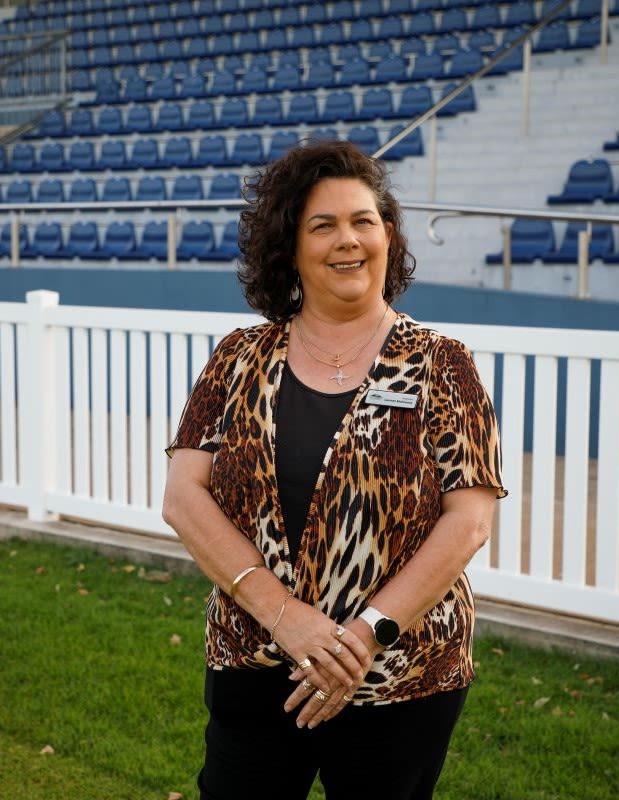
Water, Waste and Renewable Economy

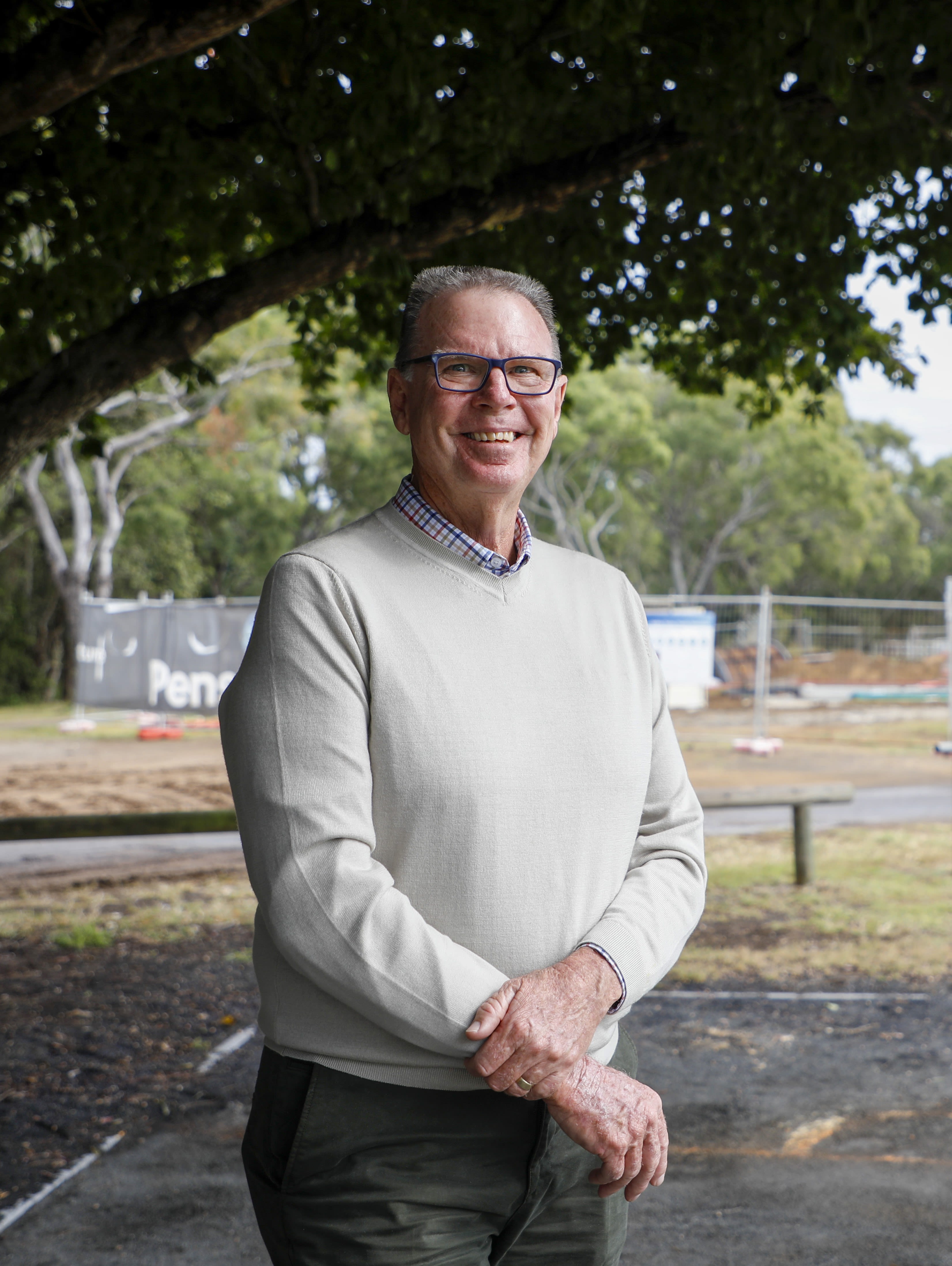
Budget investment to waste not, want not
Beneficial reuse and a capital project to ensure reliable and best practice treatment along the region’s coastline has made wastewater one of the highlights of Bundaberg Regional Council’s 2024-25 budget.
Water, Waste and Renewable Economy portfolio spokesperson Cr Gary Kirk said wastewater treatment was an essential service that residents didn’t often consider the importance of.
However he said Council was prioritising this important service through critical capital investment to connect more coastal homes to the modern Rubyanna Wastewater Treatment Plant.
“We are seeing significant growth in coastal communities between Burnett Heads and Elliott Heads and the Coastal Sewerage Diversion project will ensure we have the infrastructure in place to cater to the area’s wastewater treatment requirements for the next 50 years,” Cr Kirk said.
“The project will divert sewage from the Bargara Wastewater Treatment Plant to the Rubyanna Wastewater Treatment Plant and has been underway since late 2022 with a 7 km pipeline already constructed.
“Work has now commenced on providing the necessary infrastructure at each end of the pipeline to complete the project in the 2024-25 financial year.
“The Rubyanna Wastewater Treatment Plant was built to cater to this increased capacity and has provided improved environmental outcomes.”
The Coastal Sewerage Diversion project is supported by the Queensland Government’s Building Our Regions program.
Biosolids infrastructure to improve service
Wastewater produces a byproduct called biosolids which is being treated to a suitable quality for beneficial reuse as an organic fertiliser.
Cr Kirk said in the next financial year Council would invest in biosolids infrastructure to provide uniformity in its management across the region.
“Our biosolids program is turning waste into a product which can be used by local farmers on select crops, such as tree crops or crops where fruit is produced off the ground, to improve the health of the soil and plants.
“Council has been providing biosolids for more than 20 years and we have heard direct from local farmers about these positive outcomes.
“In 2024-25 we are investing in self-leveling bins at three treatment facilities, which we already have at the Rubyanna treatment plant, which will drive efficiencies in the cost and accessibility of biosolids.
“It will improve transport and delivery from an odour perspective and help to ensure the continuity of this important program.”
Arts, Heritage and Asset Management
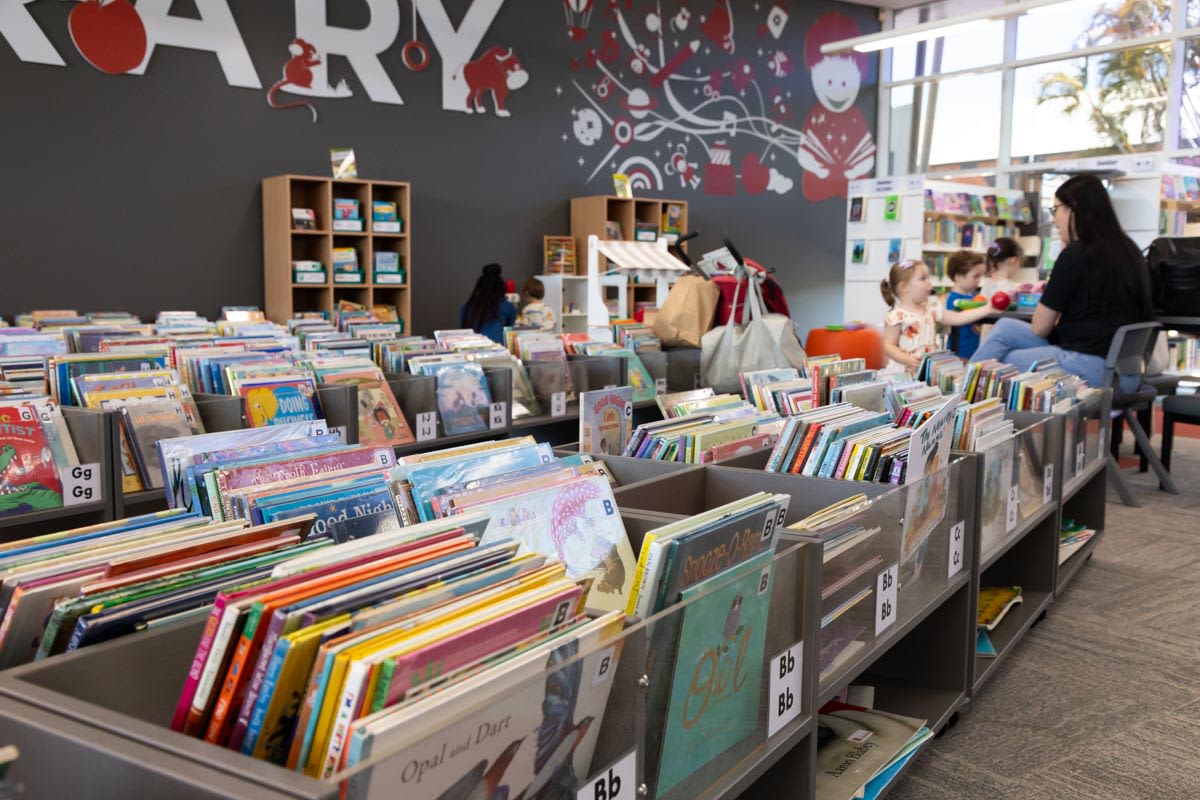
Boost for local arts, library programs
Programs which foster literacy and digital skills and support for local arts projects have been given a boost in Bundaberg Regional Council’s budget 2024-25.
In a budget with a strong focus to get “back on track” Arts, Heritage and Asset Management portfolio spokesperson Cr John Learmonth said the important role local libraries played had been recognised.
“We are committed to ensuring that our residents have access to vital resources and opportunities for growth and development,” Cr Learmonth said.
“By ensuring these programs continue, we move forward in creating a supportive and enriching environment for all.”
Cr Learmonth said the State Government’s First Five Forever program, aimed at early childhood literacy, would see continued funding.
“First 5 Forever is an initiative of the Queensland Government, coordinated by State Library of Queensland and delivered in partnership with local government,” he said.
“This initiative supports families with young children by providing resources and activities that promote early literacy skills.
“Early literacy is crucial for the development of our youngest residents.
“By continuing to fund the First Five Forever program, we are investing in the future of our community.”
In the rapidly evolving world of technology, Cr Learmonth said Council was also committed to bridging the digital divide by offering digital skills training at local libraries.
“These programs help residents of all ages develop the necessary skills to navigate and succeed in the digital age,” he said.
“Our libraries are more than just places to borrow books, they are community hubs where people can learn and grow.
“By providing digital skills training, we are empowering our residents to thrive in an increasingly digital society.”
Council’s 2024-25 budget will also see the continuation of the Regional Arts Development Fund (RADF), funded by Council in partnership with the State Government.
Cr Learmonth said RADF grants had greatly impacted Bundaberg's cultural landscape, providing financial support to local artists and arts organisations.
“Art and culture are the heartbeat of our community,” he said.
“Through RADF grants, we have been able to foster creativity and support local talent and this budget will ensure that these opportunities continue to flourish.”
More information about RADF funding rounds and how to apply can be found at bundaberg.qld.gov.au and to find your closest library head to artsbundaberg.com.au.
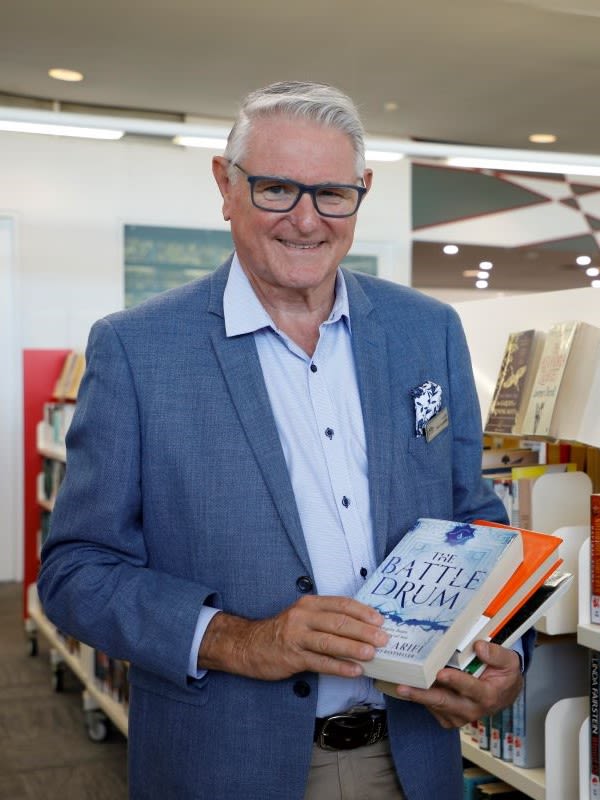
Council budgets are complex and our coverage may contain reference to terms that require further explanation.
On Council's website you can find a range of definitions for these common terms in addition to some frequently asked questions. To read more click here.
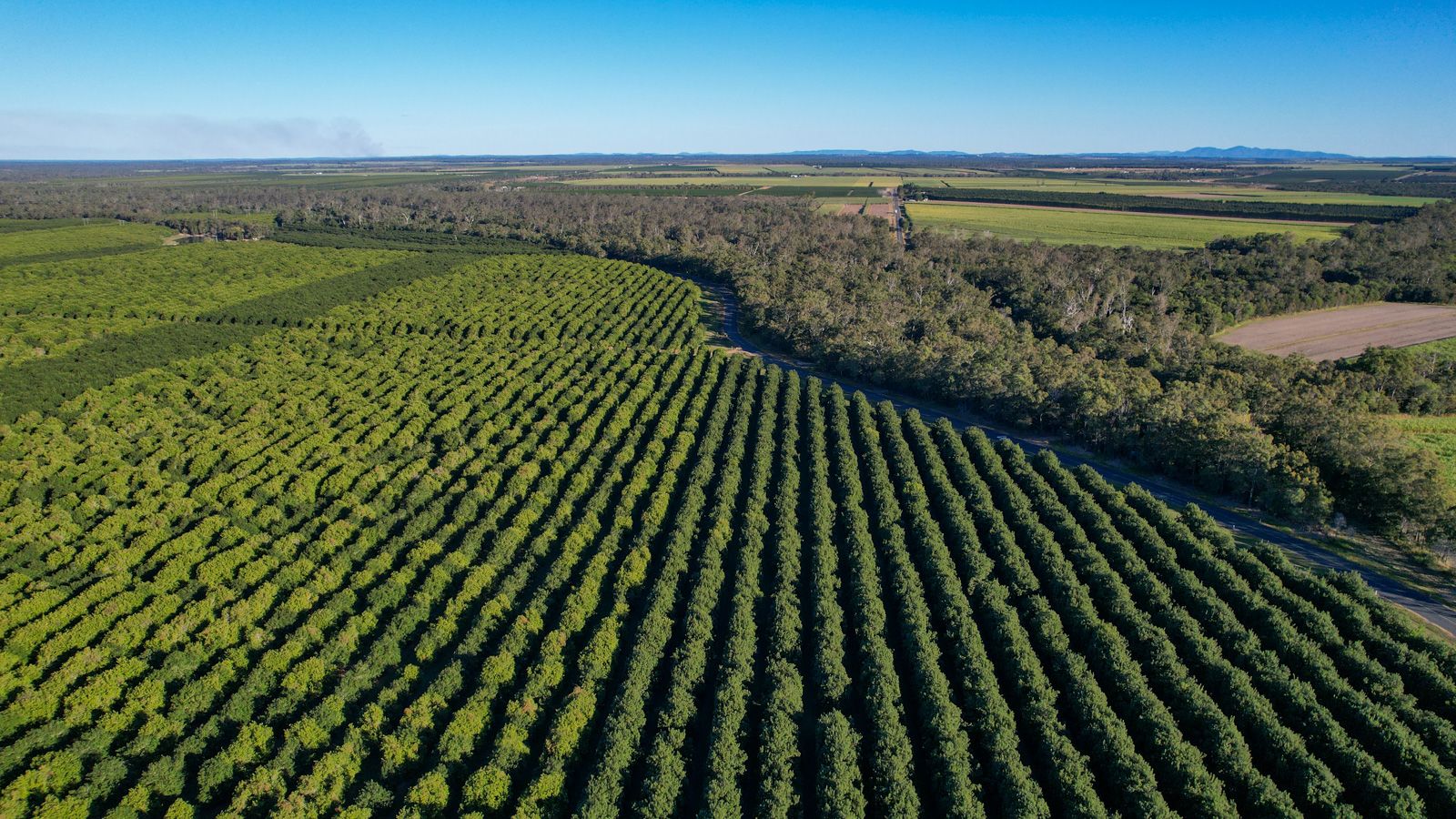
Why do we pay general rates?
Households which receive services for water, wastewater and waste collection pay direct charges – that is, if you don’t have these services, you don’t pay for them. But every household pays a general rate.
General rates are crucial to the operation of Council and the many Council services that help to build our community and make it a vibrant and welcoming place to live.This includes the roads which connect our community, parks, libraries and even community events. In Bundaberg Regional Council’s case, it also includes art galleries, a theatre and community services like neighbourhood centres.
If Council didn’t collect a general rate, it would not be possible to continue to offer these valued services to our community which are such a big part of what makes our region a great place to live, work, play and invest.
How does the Bundaberg Region compare?
It is difficult to make a meaningful comparison between one Council’s rates and another’s because there are so many unique factors which make up each community. Due to the sheer size of our region we have a lot of infrastructure and facilities to care for but not as many ratepayers as some other areas to contribute to its upkeep.
For example, the Bundaberg Region has 16.2 people per square kilometre compared to somewhere like Brisbane City which has 985.4 people per square kilometre.
Our budget infographic (pictured here) explains this concept.
